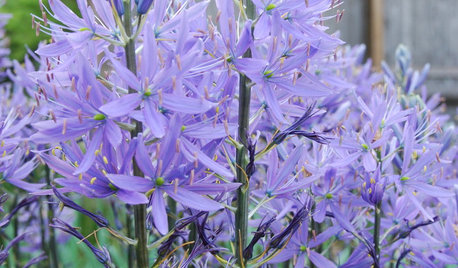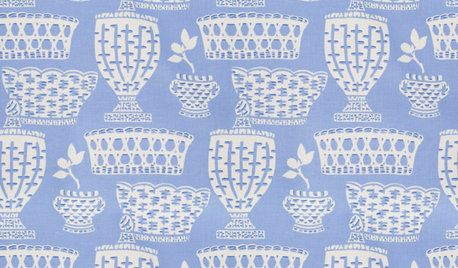I got the apple spray program blues...
thomis
15 years ago
Related Stories

ENTERTAININGGot Hand-Me-Down Dinnerware? Make a Memorable Meal
They might be mismatched and not your style, but those inherited plates and forks can help bring meaning to your table
Full Story
ARCHITECTURE9 Modern Prefabs You've Got to See
You won't believe how far prefab architecture has come until you lay eyes on these stunning modern designs
Full Story
GREEN BUILDINGWhat's LEED All About, Anyway?
If you're looking for a sustainable, energy-efficient home, look into LEED certification. Learn about the program and its rating system here
Full Story
DECORATING GUIDESCrisp, Fresh: Go for Green Apples
On the Walls or Au Natural, Green Apples Pack a Decorative Bite
Full Story
EDIBLE GARDENSHow to Add an Apple Tree to Your Edible Garden
Readily available, beautiful and fragrant, apple trees offer four-season interest along with crisp, juicy fruit
Full Story
BULBSGreat Design Plant: Wild Hyacinth for a Bolt of Blue
Get knockout spring blooms on spiky stems by planting these bulbs before the ground freezes
Full Story
COLOR PALETTESSummer Color Combo: Blue and Green
Consider 10 fresh approaches to the tried-and-true pairing
Full Story
FUN HOUZZEverything I Need to Know About Decorating I Learned from Downton Abbey
Mind your manors with these 10 decorating tips from the PBS series, returning on January 5
Full Story
PRODUCT PICKSGuest Picks: 20 Cool Blue Printed Fabrics for Interiors
Soothe the senses with these watery fabric colors even as you pique interest with their prints
Full Story
COLORCatch a Splash of Ocean Blue This Summer
Dip a toe into cobalt or take on turquoise at full blast for rooms that soothe, energize and feel as breezy as the beach
Full Story





glenn_russell
olpea
Related Discussions
Spray apples for scab while dormant?
Q
Spray program for oriental pears
Q
Orchard spray program--first time
Q
spray plan for apples for next year
Q
glenn_russell
alan haigh
Scott F Smith
austransplant
austransplant
olpea
alan haigh
austransplant
Michael
glenn_russell
austransplant
Michael
Scott F Smith
glenn_russell
milehighgirl
alan haigh
glenn_russell
olpea
alan haigh
theaceofspades
glenn_russell
alan haigh
glenn_russell
thomisOriginal Author
chuckfromde
alan haigh
theaceofspades